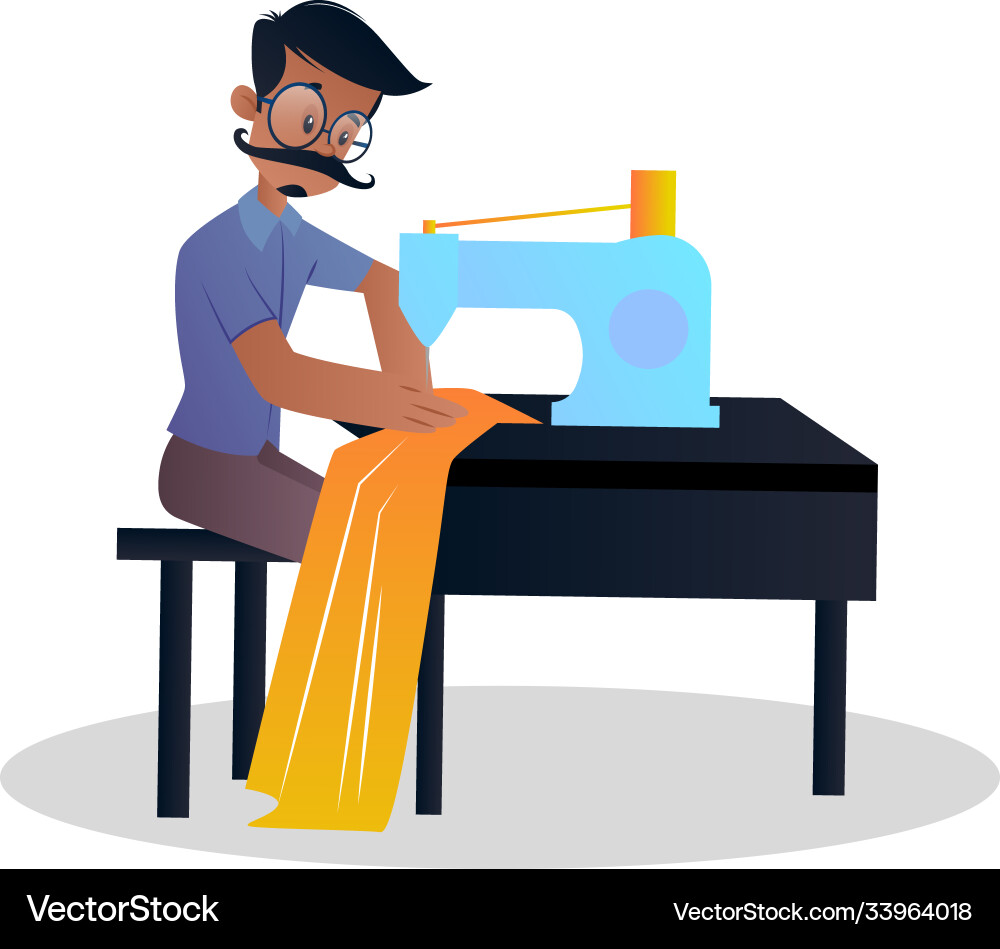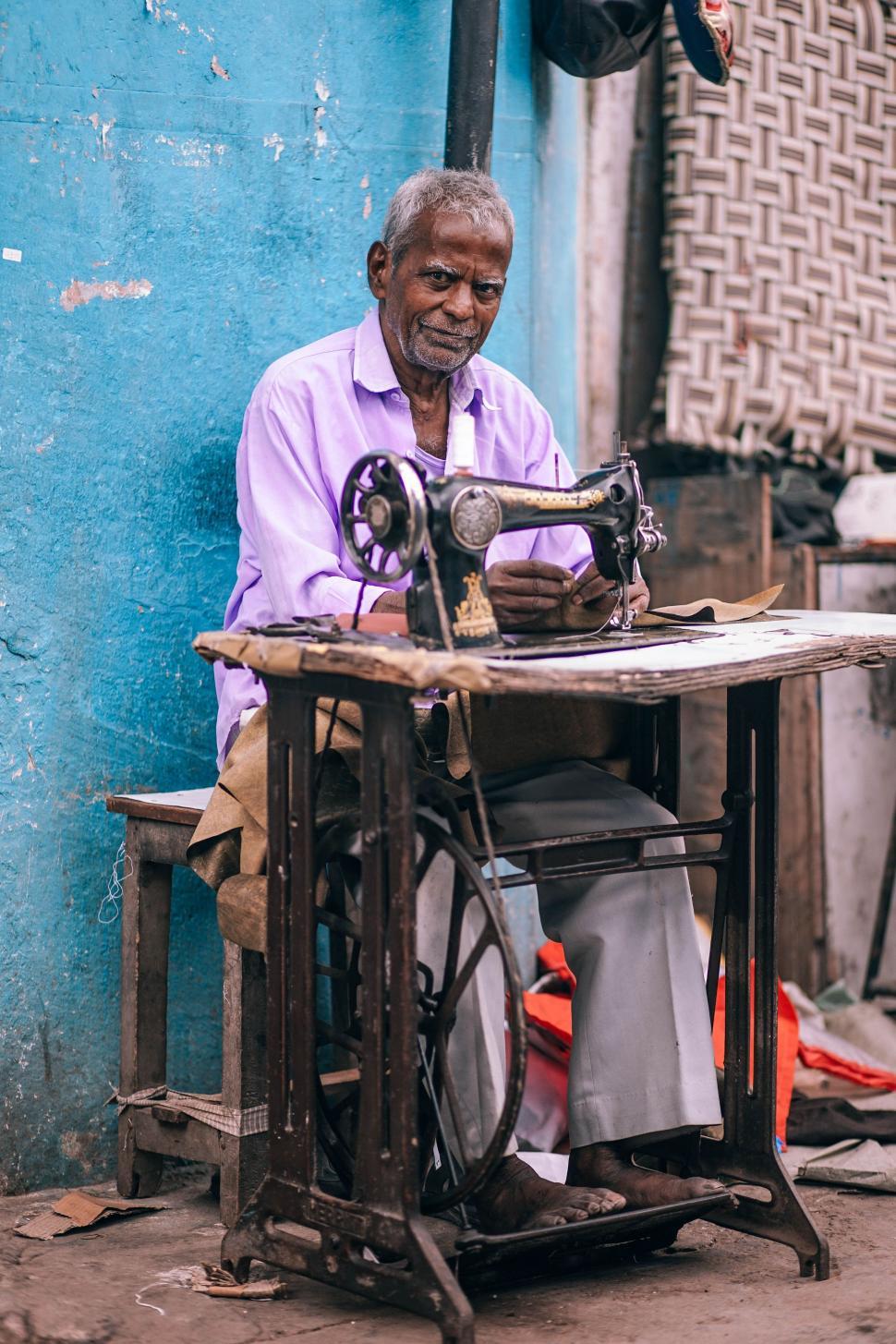Tailor Perth: Phenomenal Tailoring for a Perfectly Fitted Wardrobe
Tailor Perth: Phenomenal Tailoring for a Perfectly Fitted Wardrobe
Blog Article
Comprehending the Tailoring Process: From Material Choice to Last Suitable for the Perfect Closet
The tailoring procedure is a complicated interaction of art and scientific research, beginning with the vital decision of material choice and culminating in the accurate adjustments of last fittings. Each textile type brings distinct top qualities that affect not just the aesthetic charm but additionally the garment's durability and suitability for various events.
Significance of Fabric Choice
Picking the ideal material is vital in the customizing process, as it directly influences the convenience, sturdiness, and total aesthetic of the final garment (tailor perth). The choice of textile sets the foundation for the garment's design, efficiency, and capability. Various textiles have unique buildings, such as stretch, weight, and breathability, which can dramatically affect how the garment drapes and fits the body
Furthermore, fabric choice influences the garment's longevity and ease of care. High-quality fabrics can withstand deterioration, keeping their look and structure in time, while lower-quality materials may cause pilling or fading. In addition, the ideal material contributes to the garment's ability to transition across seasons and occasions, consequently improving convenience.
A customized piece made from an ideal material not only showcases craftsmanship but also boosts the wearer's confidence. Subsequently, understanding the subtleties of textile option is extremely important for any type of tailoring venture. It makes certain that the last product not just meets the aesthetic desires of the customer however additionally lines up with practical demands, thus achieving an unified balance between kind and function in the customized wardrobe.
Kinds of Fabrics and Their Uses
Recognizing the different sorts of materials available is crucial for making informed choices during the customizing procedure. Each material has distinct characteristics that dictate its suitability for details garments and occasions.
Cotton, known for its breathability and soft qualities, is excellent for casual wear and summer season clothing. Its flexibility permits it to be tailored right into every little thing from tee shirts to dresses. Woollen, on the various other hand, is favored for its heat and structure, making it an excellent selection for formal fits and outerwear - tailor perth. Its all-natural elasticity aids garments maintain shape gradually.
Silk exhibits high-end and is lightweight, making it ideal for eveningwear and fragile blouses; nonetheless, it needs cautious handling due to its fragility. Linen, with its distinctive coating, is a popular selection for warm environments, supplying a ventilated and crisp feeling, however it wrinkles conveniently, which may affect the garment's appearance.
Synthetic textiles, such as polyester and nylon, deal sturdiness and resistance to wrinkles, making them ideal for daily wear and active garments. Recognizing these fabric kinds and their properties permits much better decision-making, making sure that each customized piece not only fits well however likewise straightens with the designated objective and occasion.
The Tailoring Techniques Explained
The art of tailoring depends on a selection of strategies that change material into well-fitted garments. Central to this procedure is pattern composing, where a tailor develops themes based on the client's dimensions and desired design. This initial step makes sure that the garment will fit the user effectively prior to any kind of reducing takes place.
Once patterns are developed, reducing strategies enter play. Precision is extremely important as mistakes can result in misfitting garments. Tailors typically make use of various reducing methods, such as single-layer reducing for elaborate designs and multiple-layer reducing for efficiency on typical patterns.
Basting check that is another important method, allowing dressmakers to temporarily stitch textile assemble for an initial installation. This technique uses the possibility to analyze the drape and total shape before last stitching.
Seaming methods, including flat-felled seams and French seams, boost the garment's sturdiness and visual allure. Tailors additionally utilize techniques such as interfacing and extra padding to offer structure and form to certain areas, like collars and shoulders.
Lastly, finishing methods, consisting of hemming and side ending up, make certain the garment's long life while providing a refined appearance. With each other, these techniques form the foundation of efficient customizing, causing charming, tailor-made garments.
Suitable Changes and Considerations

Key factors to consider include the shoulder fit, which needs to neither sag nor limit movement, and the sleeve length, which should enable comfy arm activity while keeping a refined look. Furthermore, adjustments at the waist can improve the silhouette, with choices to allow out or take in fabric as More Bonuses needed.
The surge of trousers is one more essential element; it should rest easily above the hips without triggering discomfort, enabling ease of motion. Hemming lengths for both pants and skirts ought to reflect the user's preferred style while valuing proportions.

Keeping Your Tailored Wardrobe
Proper maintenance of customized garments is necessary to maintaining their fit and appearance over time. To ensure longevity, routine cleansing is extremely important. Constantly adhere to the care tag guidelines, which might advise completely dry cleaning for fragile textiles or device cleaning for more resilient products. Prevent frequent laundering, as this can wear down the fabric and change the garment's shape.
Storage space is just as crucial; use padded wall mounts for coats and coats to preserve shoulder structure, and shop trousers folded nicely or hung to stop creasing. Safeguard garments from direct sunshine, which can fade shades and damages fibers.
Additionally, routine examinations for small repair work can you could try this out prevent bigger problems. Look for loosened buttons, tearing seams, or signs of moth damage, attending to these issues promptly to keep the garment's integrity.
Lastly, consider seasonal turning. Using tailored items in moderation permits materials to recoup, prolonging their lifespan. By implementing these upkeep strategies, you can make certain that your customized garments continue to be as excellent as the day you initially used them, enhancing your ideal closet for several years to find.
Verdict
The tailoring procedure, encompassing textile selection, experienced strategies, and accurate suitable changes, plays an important duty in creating garments that improve both convenience and style. Each stage adds to the total effectiveness of the end product, ensuring that garments not just fits well yet also shows specific identity. Comprehending the significance of upkeep extends the life of customized garments, strengthening their value in a well-curated closet. A thorough approach to customizing culminates in a positive and polished look.
Selecting the best fabric is important in the tailoring process, as it directly influences the comfort, sturdiness, and general aesthetic of the last garment. The option of textile establishes the structure for the garment's functionality, efficiency, and design. Different fabrics have special buildings, such as weight, breathability, and stretch, which can dramatically impact how the garment drapes and fits the body.
The art of customizing depends on a variety of strategies that transform fabric right into well-fitted garments.The tailoring procedure, including textile choice, experienced techniques, and specific fitting changes, plays an important role in producing garments that enhance both convenience and style.
Report this page